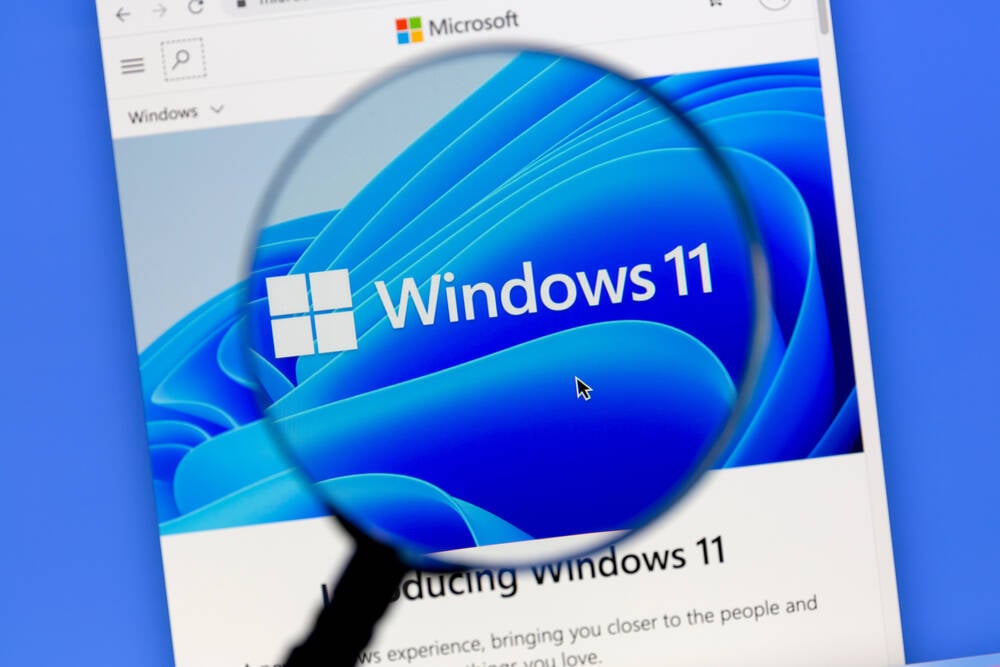
"For younger readers, the Wintel Empire bestrode the IT globe from the mid 1980s to the 2010s. It still looks in place on the business desktop, but it has lost the three major structural components that defined the almost geological integrity of the giant continent of Intel chips as the bedrock and Windows as the lush life-supporting landscape on top."
"It's 2025. Intel has fallen behind, no longer able to lead on the desktop or the server, and unable to even follow into mobile. For many of us, our digital environment is primarily Arm or AMD, and a Linux or Unix-derived OS. Windows on Arm64 might look like a major fissure in the once-monolithic Wintel, and if for some reason we clutch it to our bosom, then it will look that significant in retrospect."
"What made Wintel special, the binding energy that created a new elemental force out of its individual components, was continuity. And backwards compatibility. Not just in old code running on the new OS, but in enduring yet flexible platforms. While successive versions of Windows could and did benefit from new hardware, a well-specified PC could transition from old to new through in-place updates."
The Wintel Empire once dominated IT from the mid-1980s to the 2010s, anchored by Intel chips and Windows continuity. Backwards compatibility and in-place Windows updates allowed older PCs to evolve across generations. The web ran primarily on Wintel desktops via Internet Explorer, reinforcing that dominance. By 2025 Intel lost leadership across desktop, server, and mobile, while Arm and AMD hardware and Linux or Unix-derived operating systems became prevalent. Windows on Arm64 appears as only a reactive fissure rather than a restoration. Microsoft’s decisions around Windows 11 broke the seamless transition model that underpinned Wintel’s binding continuity.
Read at Theregister
Unable to calculate read time
Collection
[
|
...
]